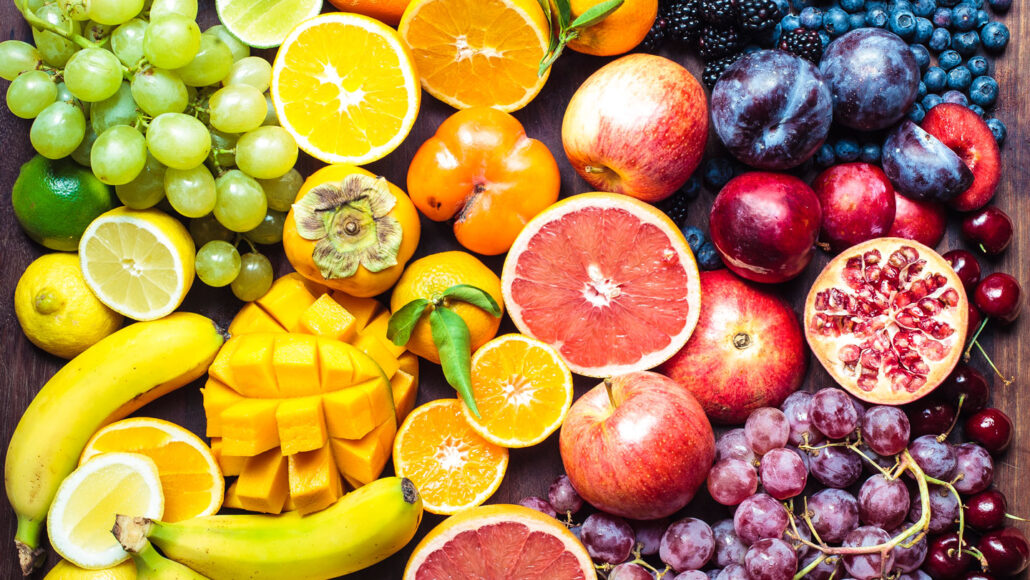Scientists Say: Fruit
Technically, a salad containing tomatoes, cucumbers and peppers would be a fruit salad

Fruits are the edible parts of plants that contain seeds. And while the category of fruit does include usual suspects, such as cherries and blueberries, it also includes things like tomatoes, cucumbers and peppers.
Enrique Díaz/7cero/Getty Images







